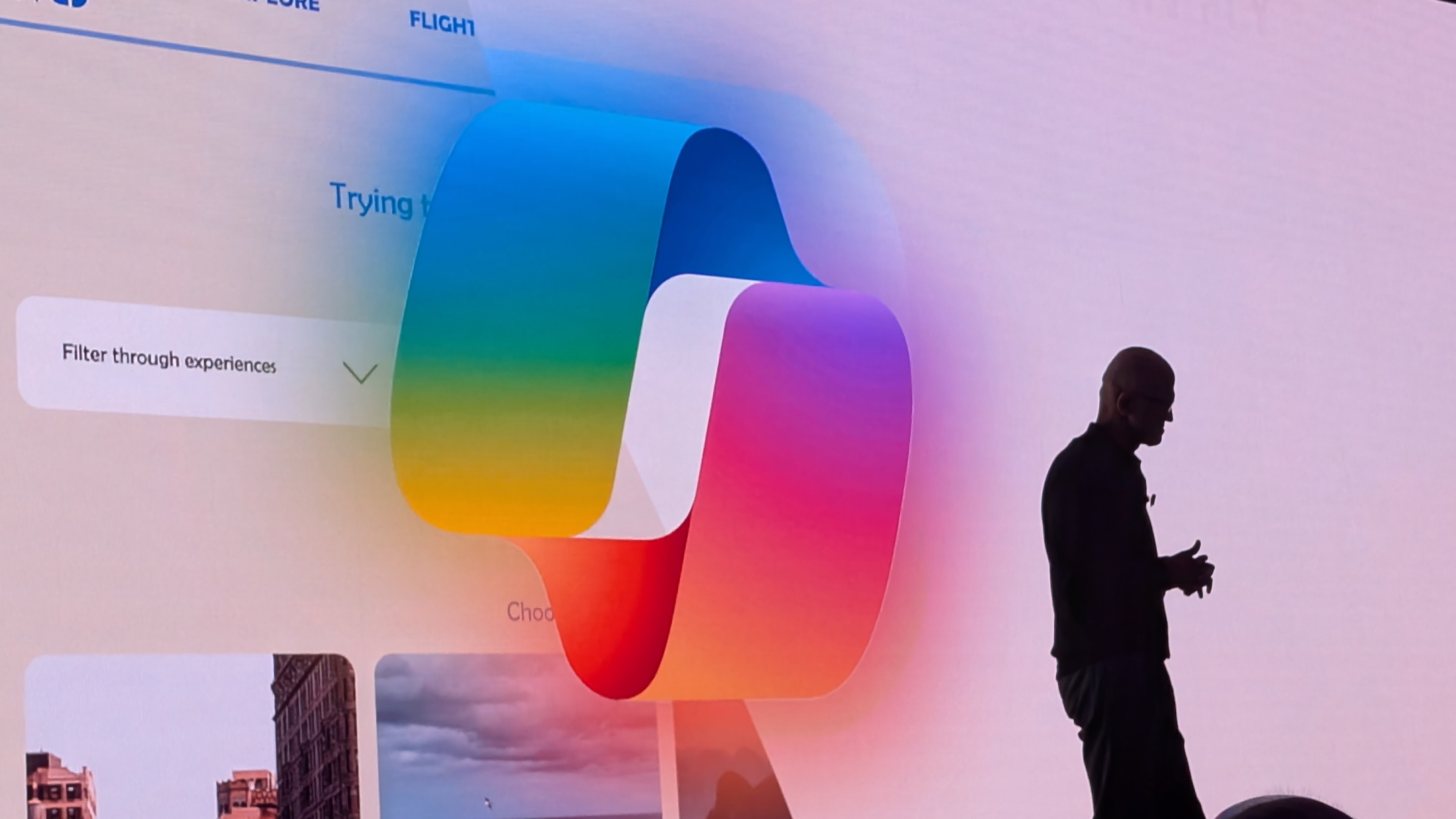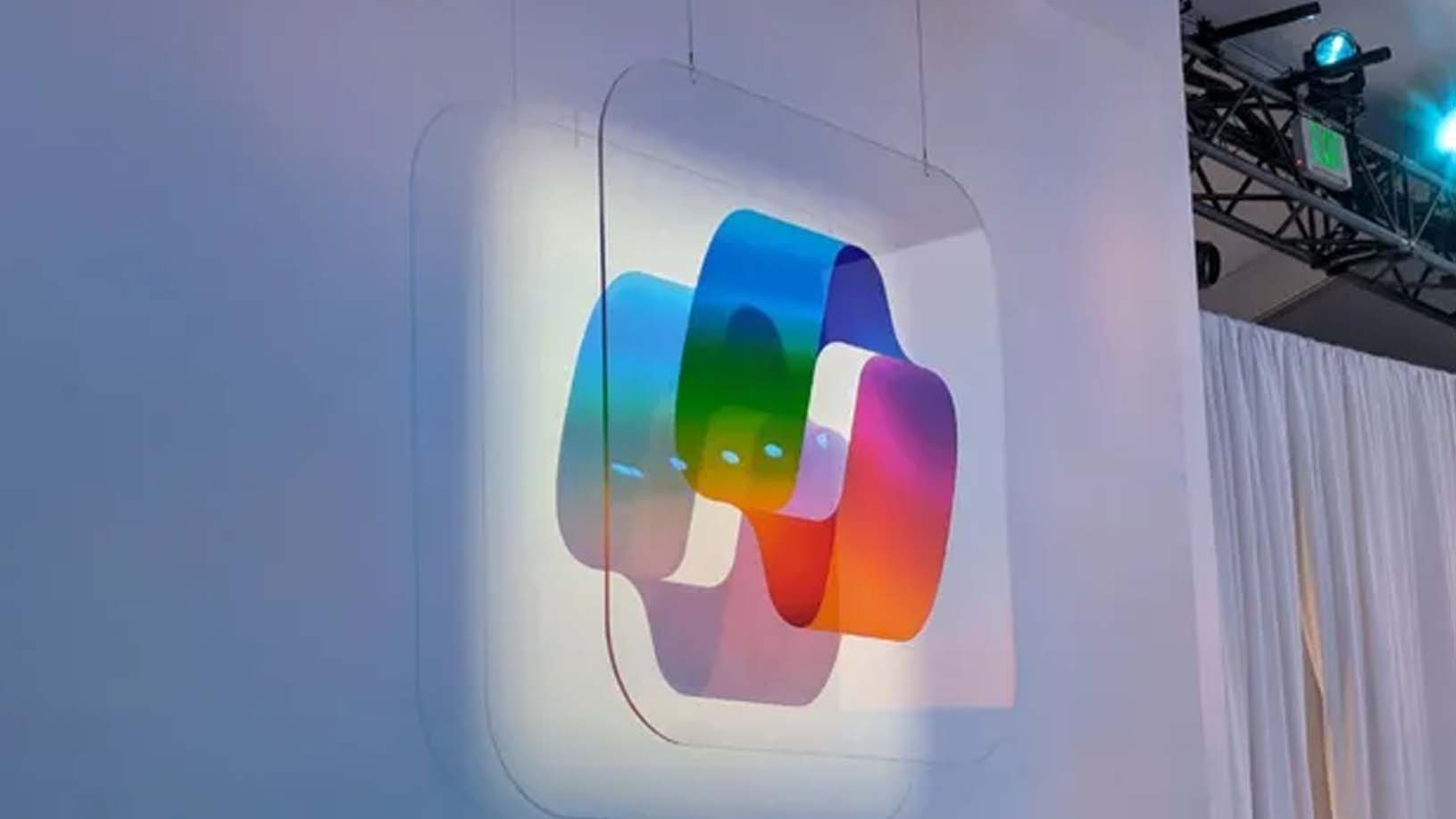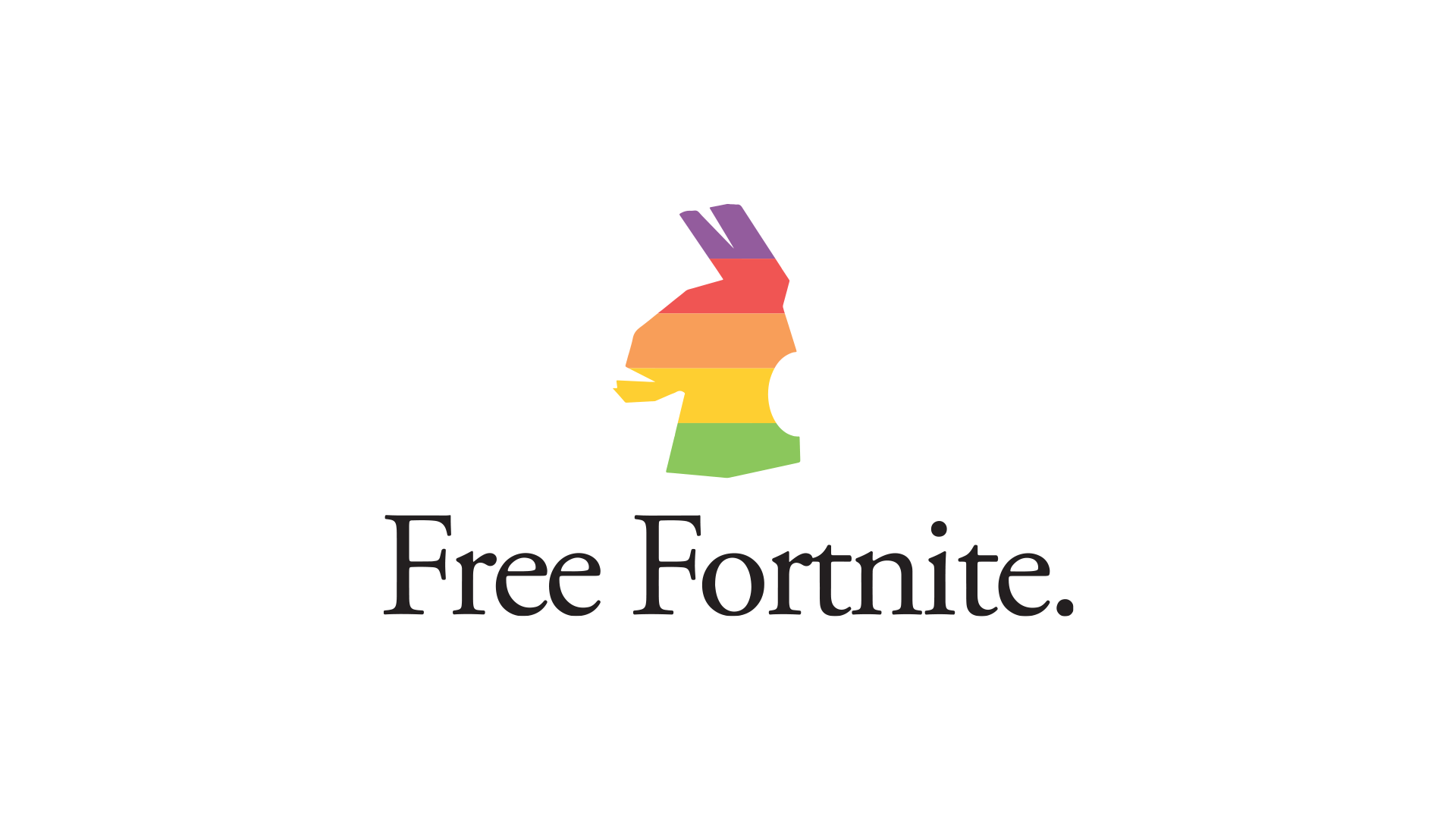Microsoft’s Copilot branding sparks internal doubts — but Satya Nadella believes "a billion users of each" will clear up confusion
Even Microsoft admits its flawed Copilot branding and marketing strategy could be setting it up for failure in the AI race.

Over the past few years, Microsoft has doubled down on its generative AI efforts, especially after making a multibillion-dollar investment in OpenAI. More recently, CEO Satya Nadella indicated that the company was shifting focus from Bill Gates' software factory vision, diversifying its portfolio into intelligence, integration, and AI.
Not too long ago, our Executive Editor Jez Corden criticized Microsoft's branding strategy, calling it poor and misguided, particularly highlighting the rebranding of Microsoft Office to Microsoft 365, and more recently, the introduction of Microsoft 365 Copilot.
Microsoft 365 itself was an absurdist idea, throwing away decades of cultural muscle memory for what feels like an ideological effort rather than one based on good sense. Calling it Microsoft 365 Copilot, before Copilot is even really a thing, again strikes me as completely odd.
Exec Editor at Windows Central, Jez Corden
"Copilot isn't ready for the prime time in my view, operating as a basic web wrapper for ChatGPT with painfully limited system-level integration, features, and capabilities," added Corden. And as it now seems, Microsoft seems to share similar sentiments and could potentially be in the process of addressing its over-the-top Copilot branding across its tech stack.
Right now, two Copilot apps are available across mobile app stores. The first was built by Microsoft from the ground up to meet consumer needs, while the other is a simple rebrand of the Microsoft Office app.
To an average user, it might be difficult to tell these apps apart, especially since they consistently share a similar user experience, which means that they could just as easily overlook productivity tools like Excel and Word built into the platform.
In a recent town hall meeting, a Microsoft employee asked what measures the company is putting in place to address the confusion that users might feel when interacting with these tools (via Business Insider).
Microsoft CEO Satya Nadella shared an interesting approach and solution for this issue:
All the latest news, reviews, and guides for Windows and Xbox diehards.
"The one way to make it less confusing is to have a billion users of each. Quite honestly, the best answer to a lot of the confusion is just daily usage, right?"
The executive argued that the context of the product should help clear up any confusion about it. To state his case, Nadella indicated that no one is confused about GitHub Copilot and its capabilities.
He further indicated that the tech giant's customers have adapted to their tech stack, which allows them to easily switch between personal accounts and even maintain separate work or school accounts.
That said, I think you're right. We do need to ensure that our marketing approach and our branding approach conveys this.
Microsoft CEO, Satya Nadella
Microsoft's consumer chief marketing officer, Yusuf Mehdi, says approximately 100 million monthly active users already interact with both Copilots simultaneously.
However, Microsoft is doubling down on its marketing strategy as Mehdi, AI CEO, Mustafa Suleyman (lead of consumer Copilot division), and Rajesh Jha (Microsoft 365 Copilot lead), will decide how each product is presented and marketed to consumers. For instance, PCs for Microsoft's enterprise clients will ship with Microsoft 365 Copilot preinstalled.
Microsoft has a Copilot problem
In May, Microsoft Teams lead Jeff Taper claimed that Copilot and ChatGPT are virtually the same thing, but the former sports better security and a more powerful user experience. However, a separate report revealed that the top complaint lodged at Microsoft's AI division is that Copilot isn't as good as ChatGPT.
However, Microsoft was quick to dismiss the claims, indicating that ChatGPT isn't better than Copilot, claiming users aren't using it as intended, while shifting blame to a lack of proper prompt engineering skills.
However, corporations are more inclined towards ChatGPT than Copilot. This is despite the fact that both tools are based on the same OpenAI technology. “OpenAI has done a tremendous job making their product fun to use,” Amgen added.
Last year, a damning report highlighted Microsoft's struggles with Copilot, citing privacy and security issues. According to a Microsoft employee:
"There's a gap between the ambitious vision and what users are actually experiencing. Internally, we're calling it growing pains. We are building the plane as we fly it."
Another Microsoft employee highlighted a flaw in the company's Copilot branding strategy:
"There is a delusion on our marketing side where literally everything has been renamed to have Copilot it in. Everything is Copilot. Nothing else matters. They want a Copilot tie-in for everything."
The report also revealed that Microsoft was overly reliant on third-party vendors to make Copilot work across its tech stack, which aligns with Anthropic's AI models making their debut in Microsoft 365 Copilot.
Still, a high-ranking Microsoft executive described most Copilot AI tools as "gimmicky." But Microsoft CEO Satya Nadella argues that OpenAI had a 2-year runway to build and develop ChatGPT uncontested.

Follow Windows Central on Google News to keep our latest news, insights, and features at the top of your feeds!

Kevin Okemwa is a seasoned tech journalist based in Nairobi, Kenya with lots of experience covering the latest trends and developments in the industry at Windows Central. With a passion for innovation and a keen eye for detail, he has written for leading publications such as OnMSFT, MakeUseOf, and Windows Report, providing insightful analysis and breaking news on everything revolving around the Microsoft ecosystem. While AFK and not busy following the ever-emerging trends in tech, you can find him exploring the world or listening to music.
You must confirm your public display name before commenting
Please logout and then login again, you will then be prompted to enter your display name.

